English games and presentation
|
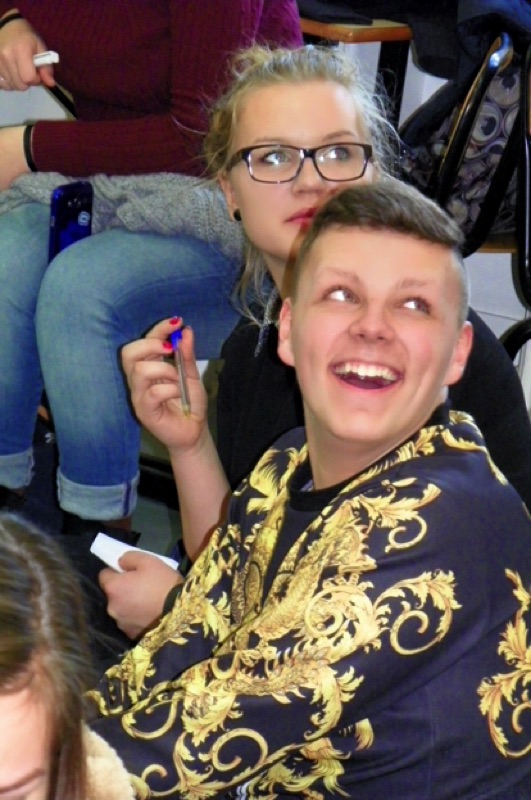
Aiste Jatkelyte, Lithuania
Beatrice Saporito, Italy
Kornelia Zaborowska, Poland
|
On the first meeting day, we were all together in the same room for our personal presentation and to get to know all the other people from the other countries. Then the French teacher divided us in to small groups where was at least one pupil from different countries. We had to say three sentences about ourselves and only two of them had to be true. So others had to guess which one of the three was false. After that, groups had to write six adjectives that described them with that letter. The next game was "guess the word". One people from each country had to guess a word about biodiversity what all the others tried to explain. And the last game was a taboo that was made by us. We had to choose a word and establish four words that couldn't be said. After the games, we practiced our presentation for the radio show which was the next day. This day was like a chance to get to know each other better ant this was a nice way to start this great experience. |
|
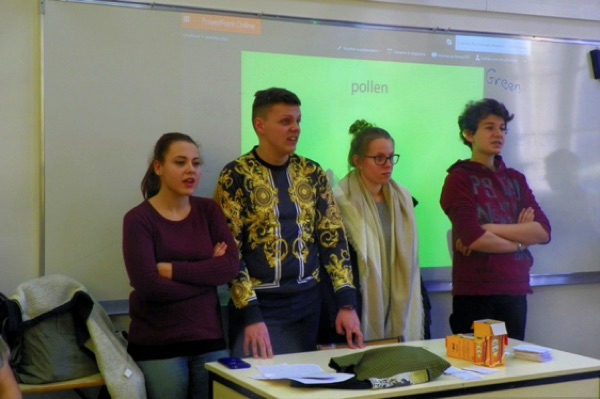
|
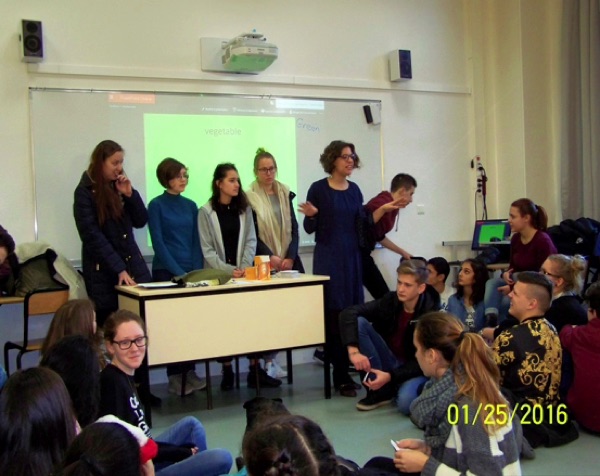
|
The seeds bank
The seeds bank was created in 1832 when the biologist began collecting from french floran of urban sides and from the other countries in the world. In the first part of the bank there are same dead seeds that are conserved.
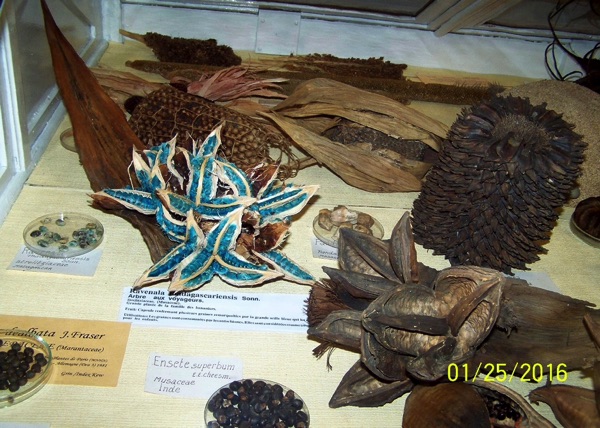
In the second part there are seeds that will be conserved for a period of 5 years. These seeds, differently from the others, can be used for cultivating plants. The bank also exchange the seeds with other bank in the world with a serious protocol for preserving the biodiversity. The bank to catalog the seeds makes it by a process; during that the bank do:
- One biologist crushes the plants to get the seeds from that on a sieve.
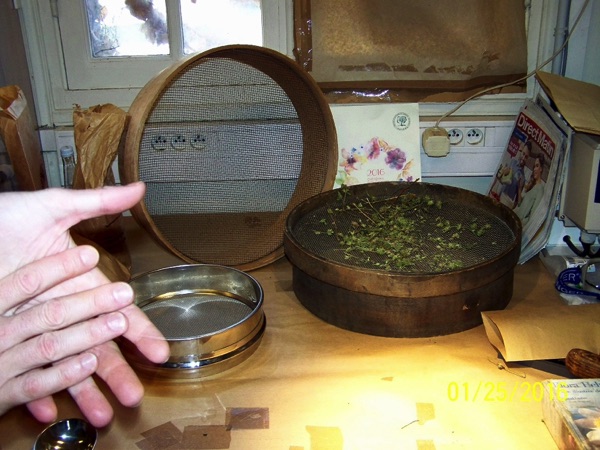
- The same person separates the seeds from the cheff and the leafs.
- Same aspirators take the excessive duff
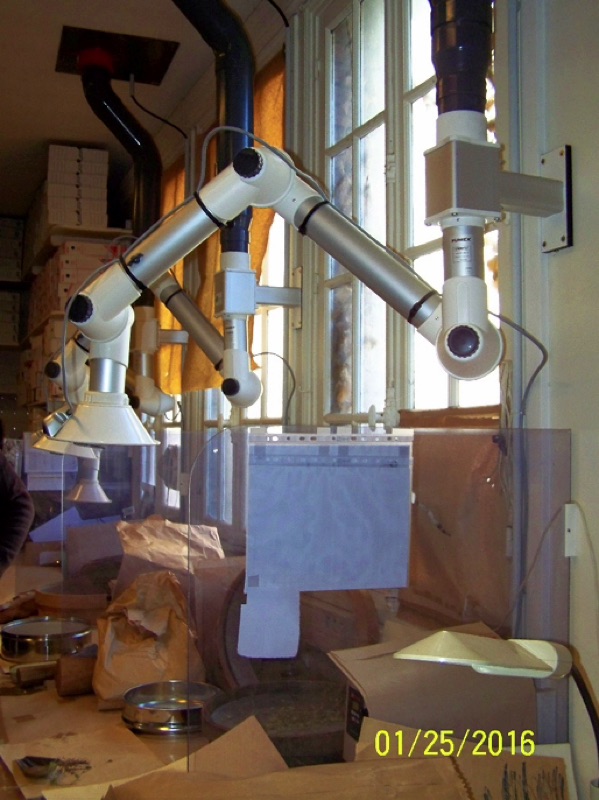
- In the end the seeds that are in good condition are separated by hand in same little bag and then all the little bag are put in a large bag with other parts of the plants.
The third part of the bank is a greenhouse, outside the building, where little plants are cultivated.
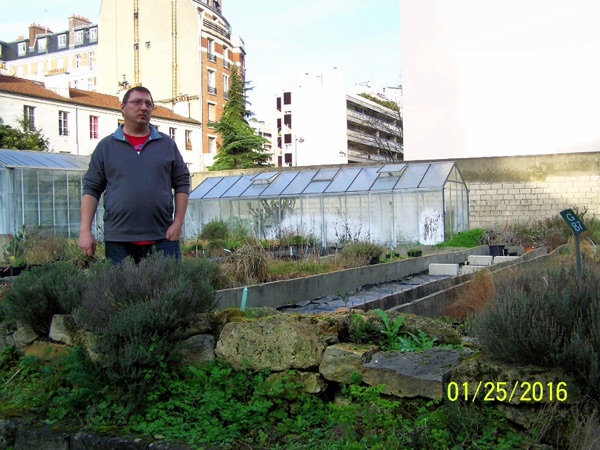
The bank also participates in an international project called ENSCONECT.
Arminas Jočys Lithuania
Alessio Petrucci Italy
Fany Hu Italy
Visit to Paleontology Galery (MNHN)
On monday afternoon we went to visit Paleontology galery. It is situated in MNHN.
The galery was divited in 3 floors: At the ground floor we saw on the right human evolutions, anatomy comparative, specimens of animals in formalin. Later we went to the first floor where we observeted animals occuring in different areas, so the the evolutions of vertebrates: on the enter there were the first era, later the second era , followed by the third and the quaternary era.
On the second floor there is a small room where we can see a collections of invertebrates' bones, starting with bacterias and ending with Equinodermos.Visiting this place helped us get to know actual size and diversity ancient animals
Martina Paraggio, Italy
Alicja Kotlowska, Poland
Kamila Markowska, Poland
"Unforgettable Radioclype"
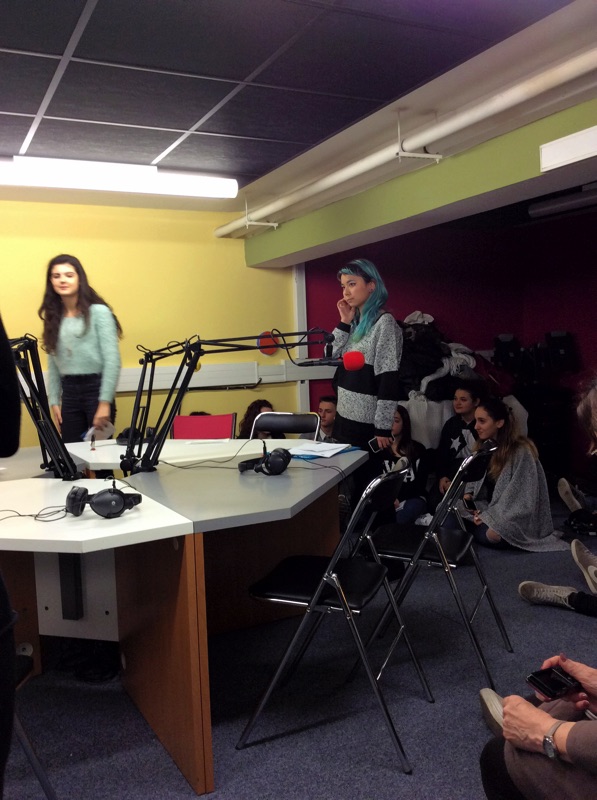 One Tuesday early morning we went to Radio studio where we had an amazing radio session. We had discussed about biodiversity and all the causes of pollution.
One Tuesday early morning we went to Radio studio where we had an amazing radio session. We had discussed about biodiversity and all the causes of pollution.
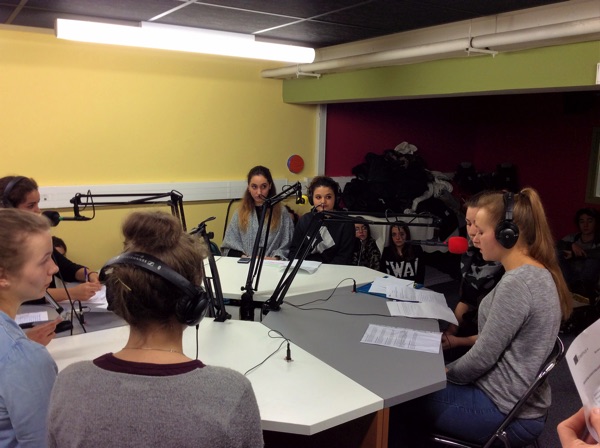
At the beggining, all the Erasmus+ participants had made a presentation of their school and then they exposed to the students from the other countries. We had an amazing chance to learn about the importance of biodiversity and then to express our opinions on it.
It was a new experience which helps us understood how to be more self-confidence and incourage our English and our communication skills. We spent all this time in a comfortable and lovely atmosphere, while we were having lots of fun and we were making new friends.
A link to the emission :
http://radioclype.scola.ac-paris.fr/audio/2015-2016/Lycee%20Brassens%20-%20Erasmus.mp3
Chiara Scoccia, Italy.
Weronika Labuda, Poland.
Mantas Gaigalas, Lithuania.
Historical visit of Paris
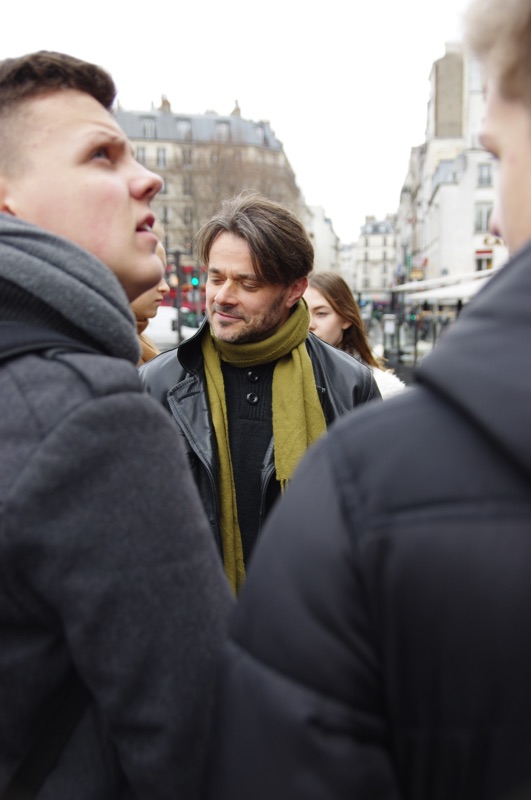
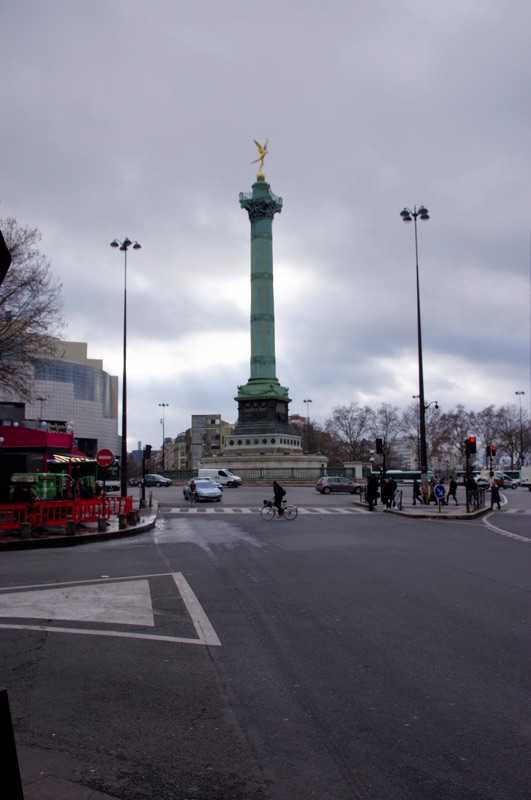 On Tuesday we went with Vincent for a walk around Paris. Vincent is a history teacher in the parisien high school. We started the visit on the square of Bastille, where our guide explained to us the history of the memorial. Later we went to the memorial of people who died in the concentration camp during Second World War. We were touched because it was a very emotional visit. Next we had the best ice-cream in Paris. We also visited the famous cathedral of Notre-Dame and we appreciated a lot the ornaments and sculpture of the cathedral , known as gargoille. It was a very interesting and educational experience. Paris has plenty of history and culture and it is also a fascinating city. It is a must to see!
On Tuesday we went with Vincent for a walk around Paris. Vincent is a history teacher in the parisien high school. We started the visit on the square of Bastille, where our guide explained to us the history of the memorial. Later we went to the memorial of people who died in the concentration camp during Second World War. We were touched because it was a very emotional visit. Next we had the best ice-cream in Paris. We also visited the famous cathedral of Notre-Dame and we appreciated a lot the ornaments and sculpture of the cathedral , known as gargoille. It was a very interesting and educational experience. Paris has plenty of history and culture and it is also a fascinating city. It is a must to see!
Virginia Calabrese , Italy
Patrycja Krefta , Poland
Sniezana Juckevic, Lithuania
Wednesday morning
On Wednesday morning we stayed in the high school to follow some French lessons.
We were in two groups. The first one were in the biology class where French students used microscopes. We were shown how they work. French pupils took photos about what they saw by computer program. Then teachers gave us leaves so we could see how leaf cells look inside. This was something new for us and it was an interesting job.
The second group was in the gym where we did some exercises like running and jumping and then in small groups we practiced some types of human pyramids that we showed to others at the end of the lesson. It was complicated for us but French students showed us how to do it and it was amazing.
Then we spent an hour all together doing a game about finding words linked with our countries. After a break we had to read some articles about biodiversity to explain those to others groups.
We think this day was very good and interesting.
Agata Reclaf,Poland
Lidia Rugiero, Italy
Karolina Szczypior,Poland
Freetime in Paris
Our first time in Paris was very memorable, because we were able to visit Tour Eiffel, which was built in the year 1889 for the universal exposition, following that we went to Notre-Dame which is gothic-cathedral. After visiting these building we were overwhelmed by the structure and the history, that's why we wanted to see more, so we visited Louvre, the most interesting thing there was Egypt expositions and of course we had a chance to see the painting of Monna Lisa. Also we walked to Champs-Elysees and Arc de Trionphe. Even though we have been here only for a few days, we've already been astonished by Paris, so we hope that in the near future we'll be able to see more.
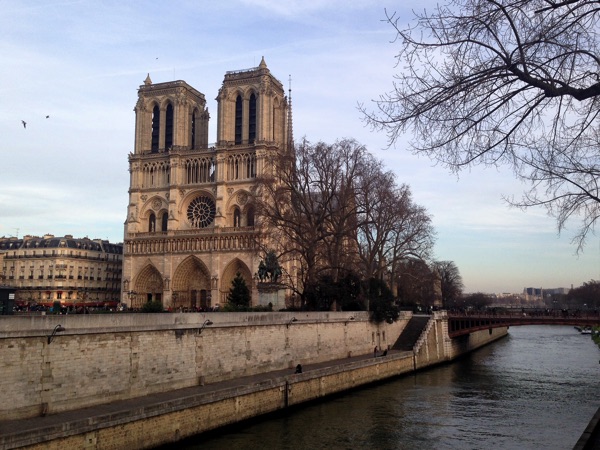
Maria Teresa Di Panfilo, Italy
Eidvilė Jezukevičiūtė , Lithuania
Martyna Jóskowska, Poland
|
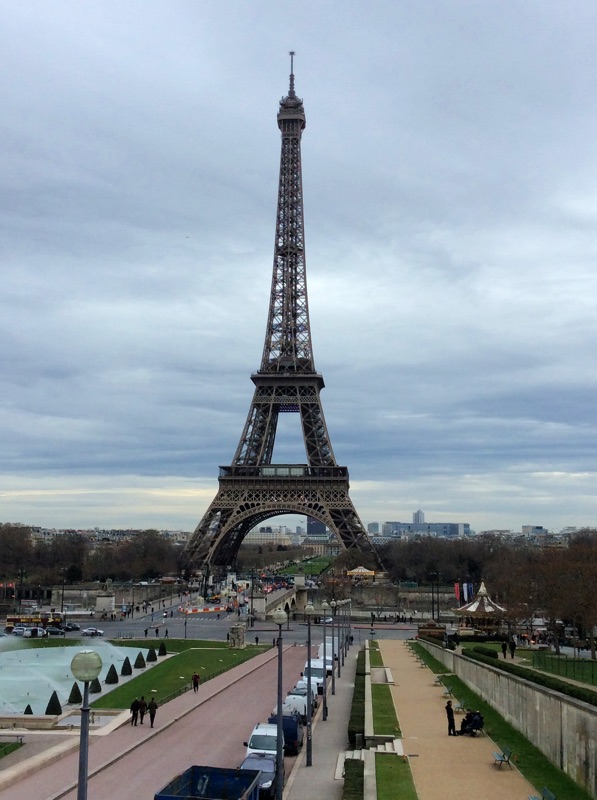 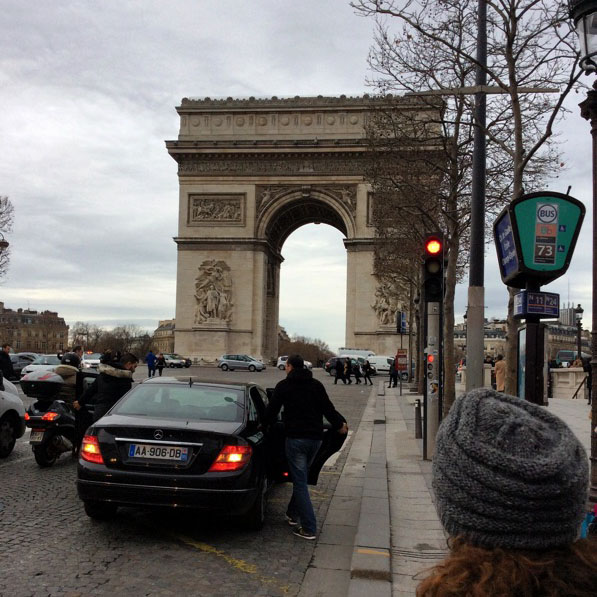 |
European lunch
On thursday 28th, we had a European lunch, with all the students from Lithuania, Poland, Italy and France. We discovered specialities from each country. We ate chocolate, bread, cheese, and we drank a strange beverage from Lithuania, which was made of boild water and bread. But everything was tasty. Chanaelle enjoyed the gressins from Italy. Jeanne liked the mini pizzas. Melissa liked the italian cheese. Lisa and I loved the meat samoussa, it was really tastfull.
Lola Hakel, France
DARWIN EXHIBITION
On the fourth day of our stay In Paris we visited the museum of Darwin. There were lot of different electronic games and exhibits about Darwin’s life and childhood. Thanks to the visit and games we have broadened our knowledge on Darwin’s life and his family, his travels and his research on human evolution and more.
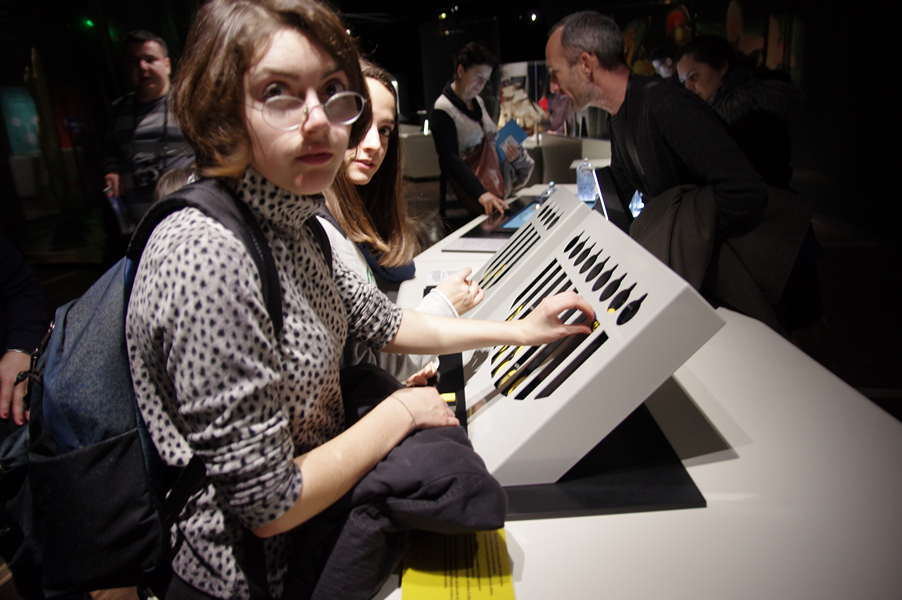
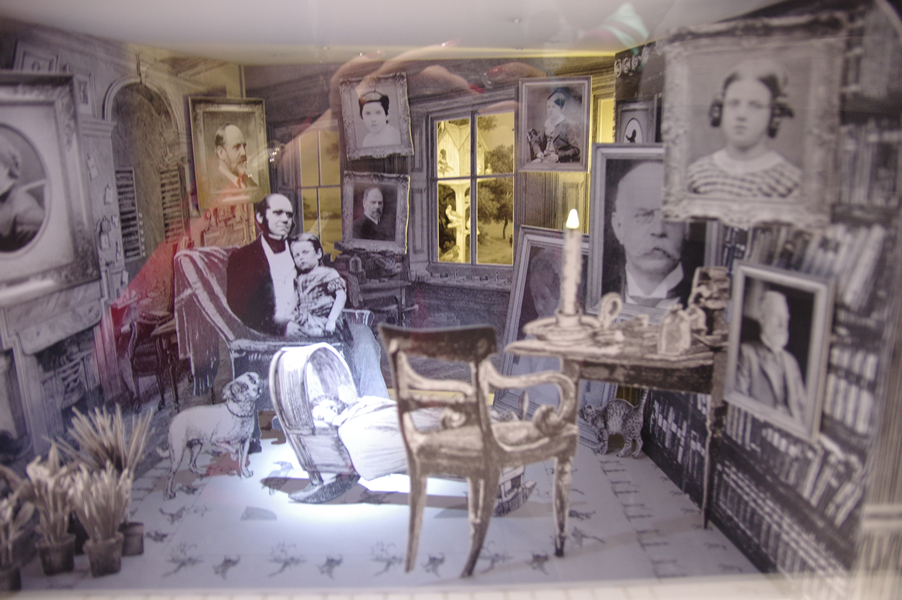
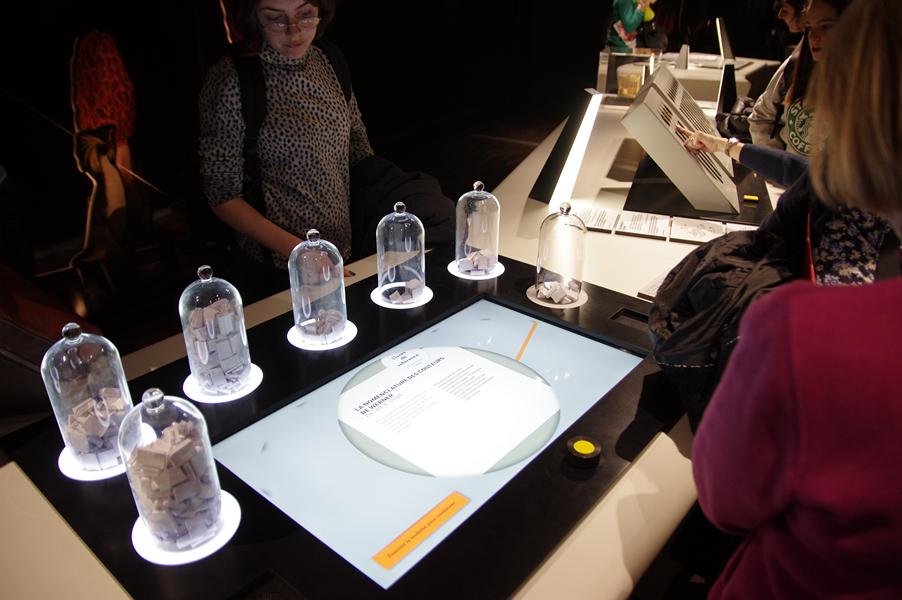
Authors: TEAM POLAND